Oxymoron: Fat Cattle and Lean Hogs
Livestock producers continue to defy nature. Cattle are naturally lean. They're grazers. They eat grass. They move through fields and glean forages while trampling the ground, leaving behind a covering of vegetation and manure. This ground cover retains soil moisture which prevents evaporation and drought conditions. It's natural for cattle to graze and fertilize as they move forward through a pasture.
Unfortunately the new model for raising cattle is a mono-slope building where steers get stuffed into confinement and fed a high grain diet. Typically these buildings are designed to a maximum capacity where each animal is allotted 22-24 square feet, which is roughly the size of a dining room table. I can't imaging a steer standing in the space of the table and being comfortable, let alone healthy. Another issue, many of these mono-slope buildings are built above a manure pit; in other words, the cattle are eating while standing above a pit filled with their own waste. Imagine if you ate all your meals on the toilet. Gross. Leave it to science to try to change the natural inclination of a species.
"In America today, you can murder land for private profit. You can leave the corpse for all to see, and nobody calls the cops." - Paul Brooks
Another example of poor animal husbandry is lean hogs. Hogs, by nature, are fat creatures. They're fatter than cattle. Think lard and bacon. Hogs are great at converting legumes and grains into meat. We raise Gloucestershire Old Spots, which were bred to clean orchards of fallen fruit, and Berkshires. Today's confinement hog facilities get paid a premium for raising lean hogs. The producers achieve this by feeding Ractopamine (brand name PayLean) which is a drug designed to cut the fat in hogs. Leave it to science to lean out hogs by chemical intervention.
I have an idea. Let's feed cattle on grass, in pastures, grazing and moving. Let’s raise hogs in fields where they feed on green legumes; alfalfa, forage peas, rape seed, fallen fruits (like apples) and vegetables along with a grain ration. Lets allow hogs to be fat and cattle lean. That's how each one of these animals is designed. So, rather than going against nature or fighting the natural inclination of a species, let's work with the natural capacities of each.
Food for thought.
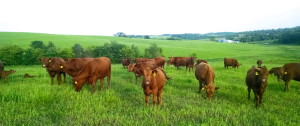
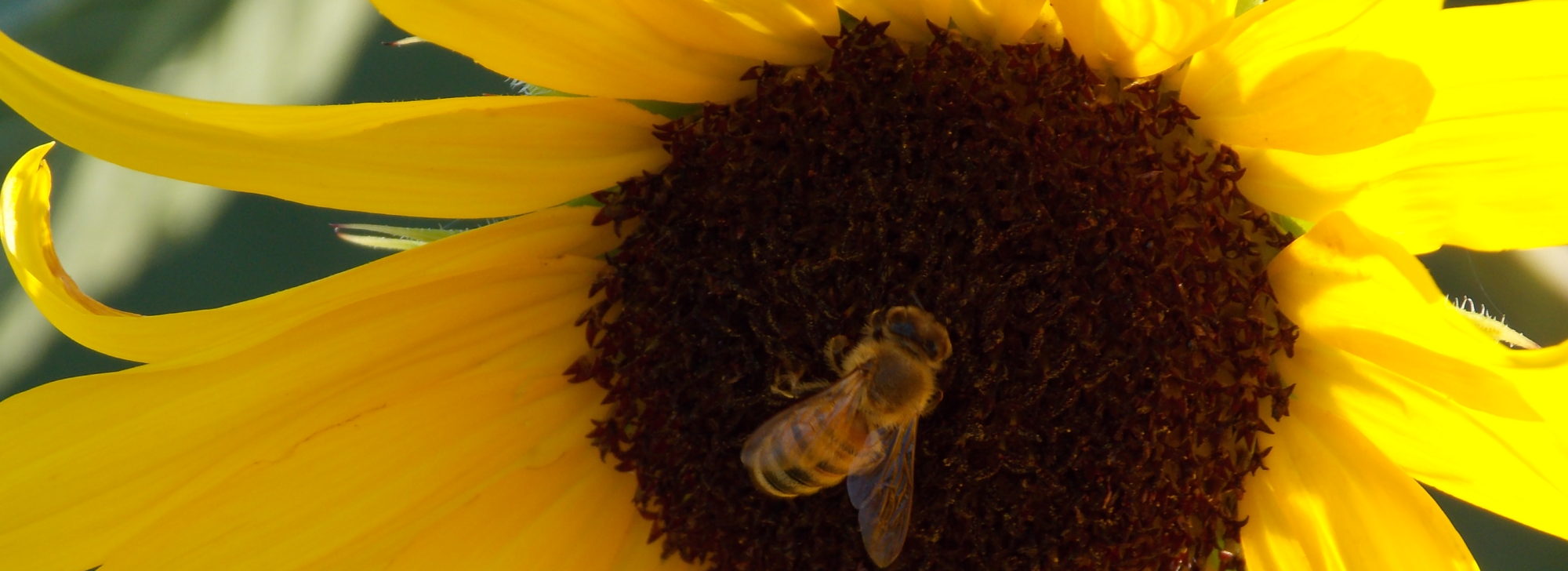
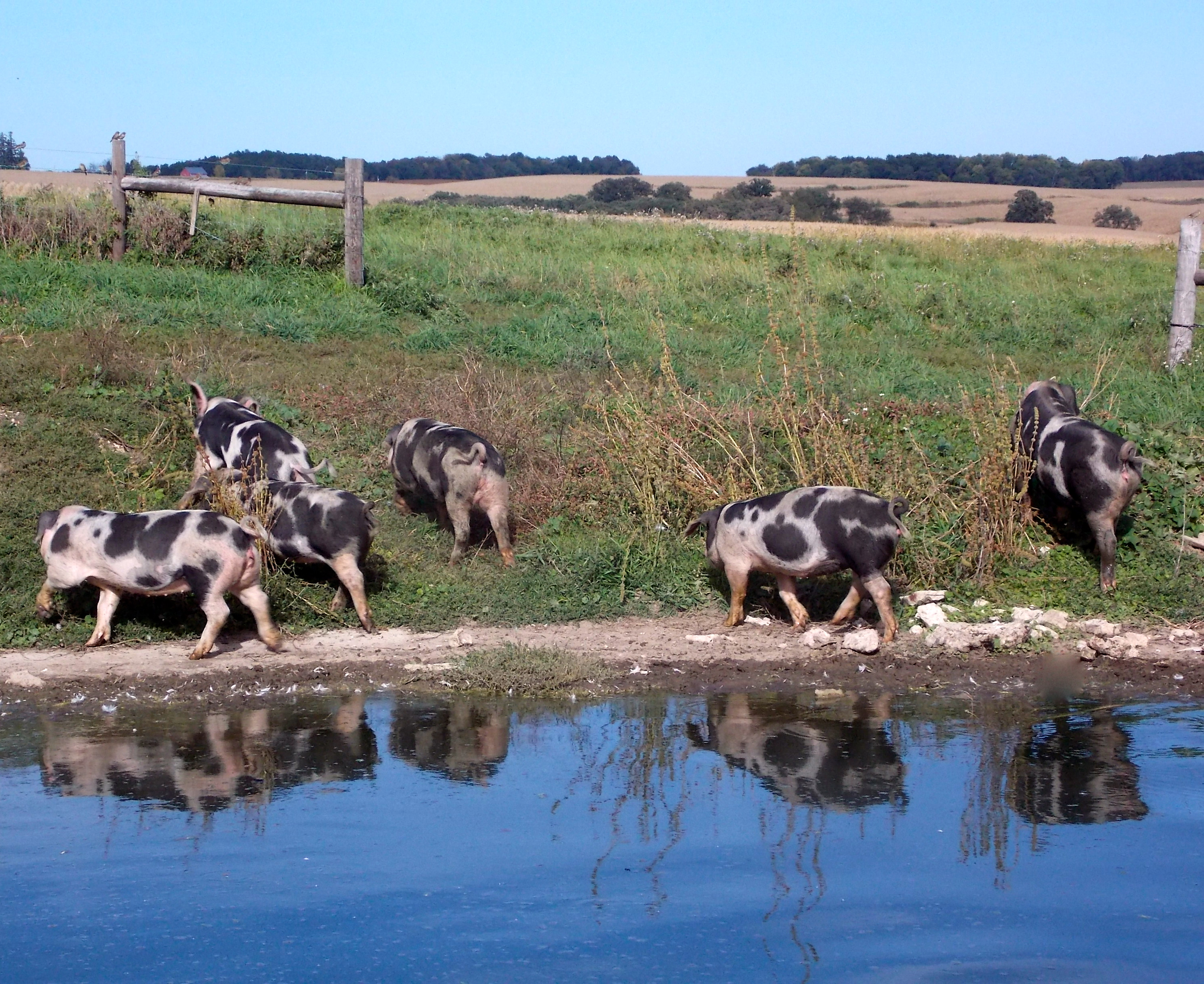
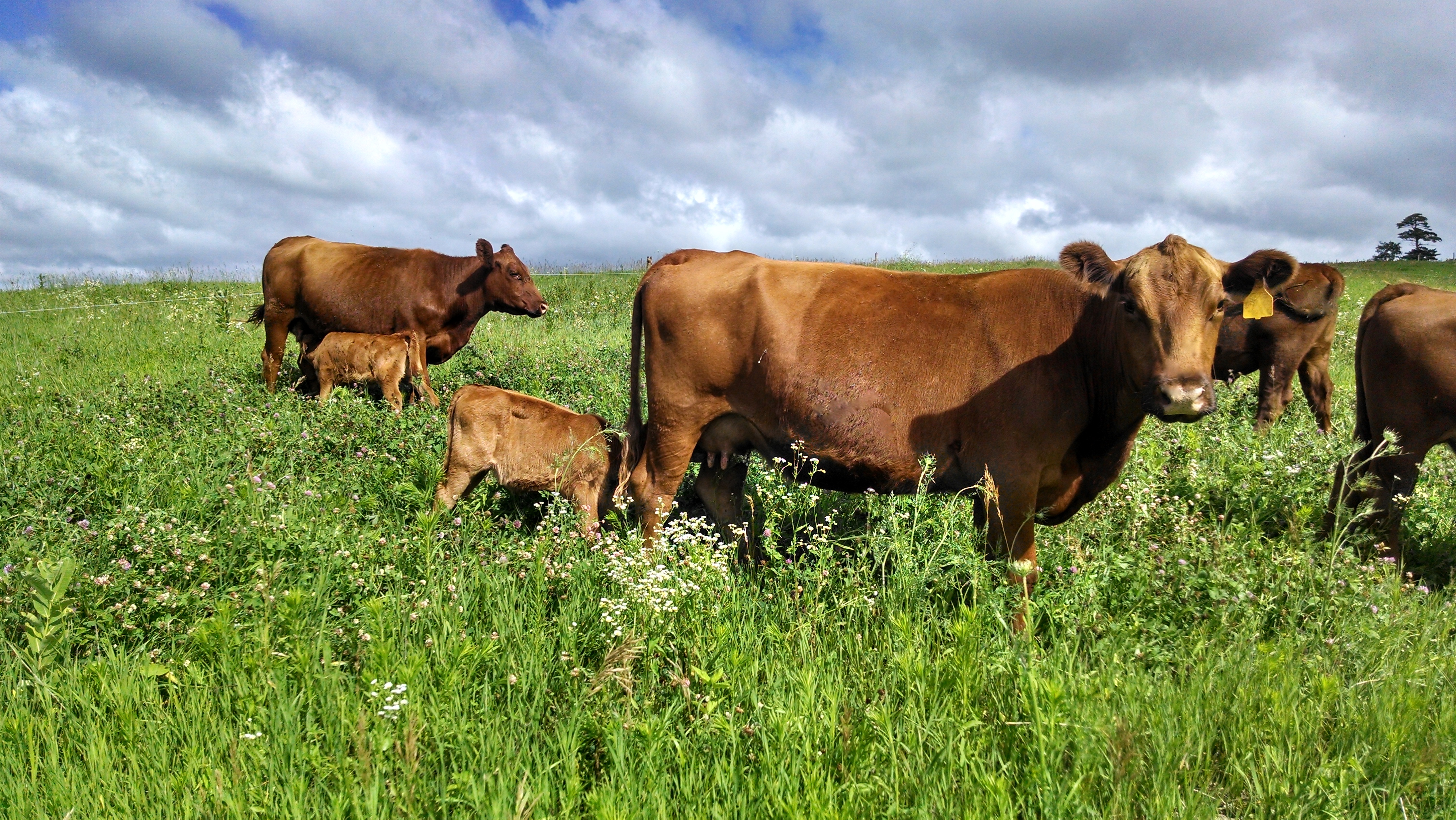
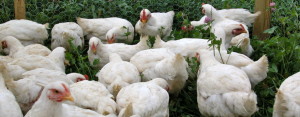
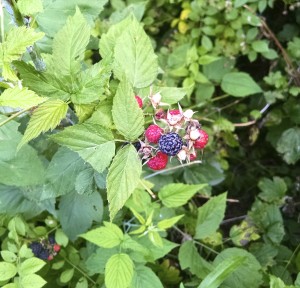
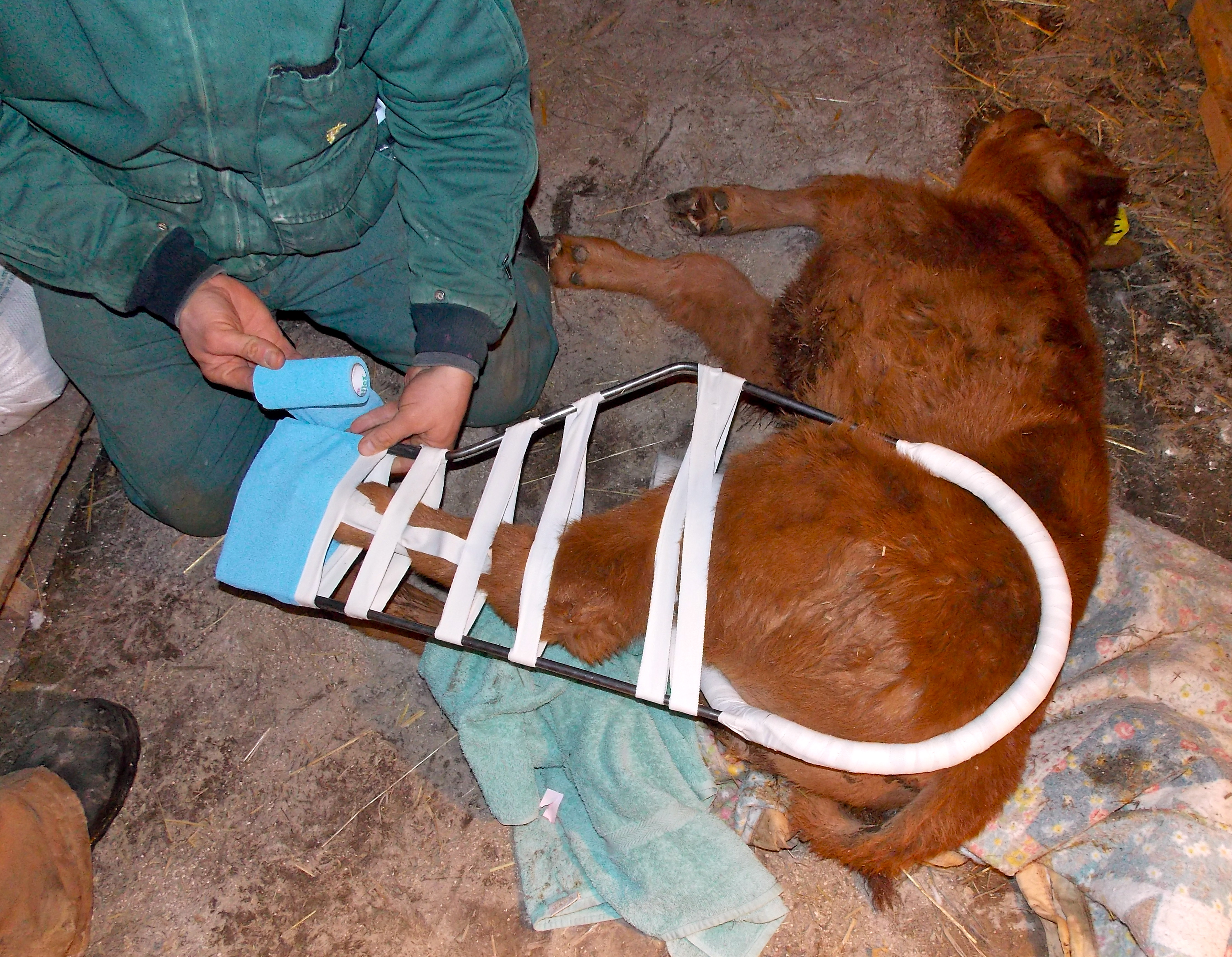
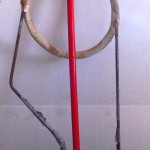
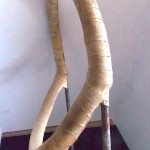
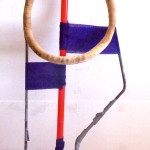
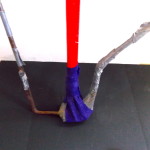
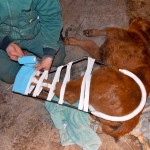
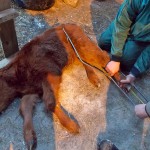
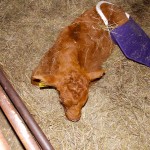
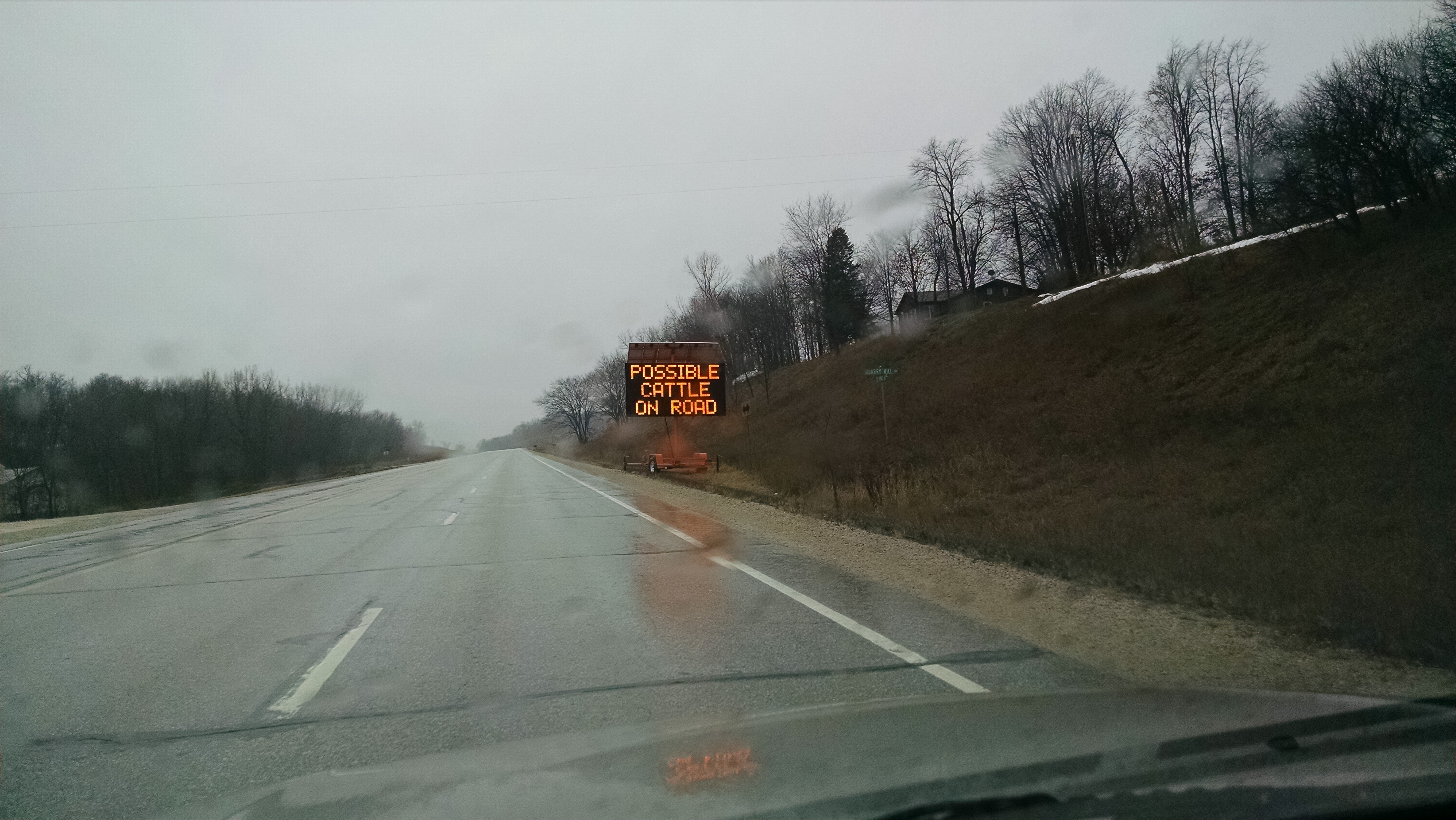
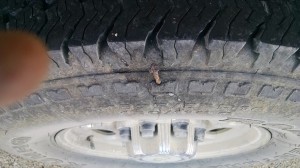 Every now and again I have a bad day on the road. A couple of months ago my beautiful drive in the country turned ugly. I had three flat tires; one blow out, one flat, and a nail sticking out of the sidewall of the third tire. With the tires fixed I was back on the road. A few miles later the alternator failed. It wasn't a great day.
Every now and again I have a bad day on the road. A couple of months ago my beautiful drive in the country turned ugly. I had three flat tires; one blow out, one flat, and a nail sticking out of the sidewall of the third tire. With the tires fixed I was back on the road. A few miles later the alternator failed. It wasn't a great day.
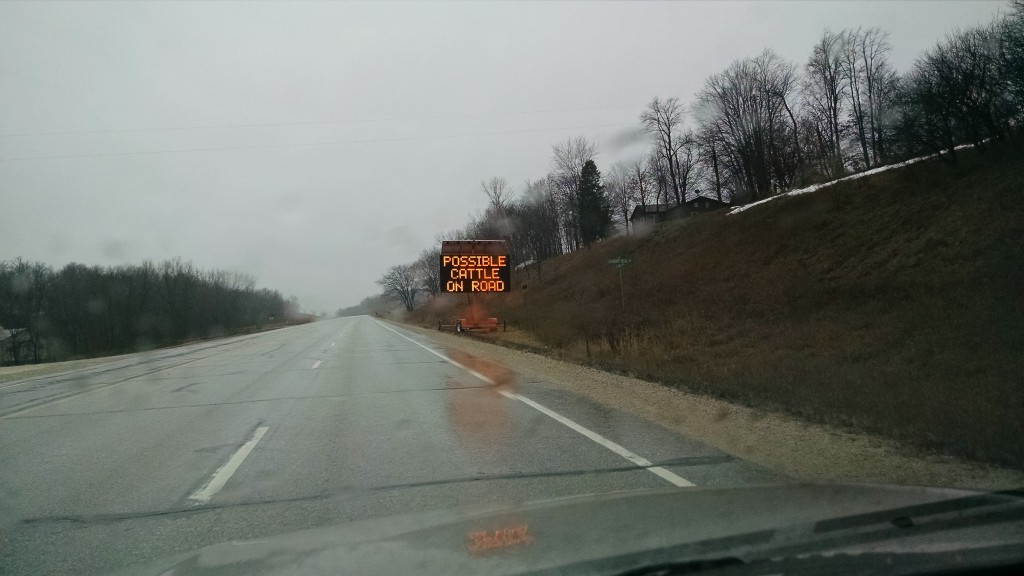

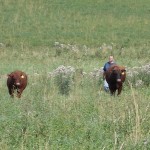
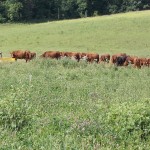
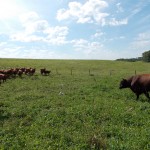
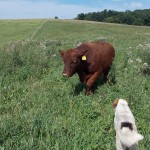
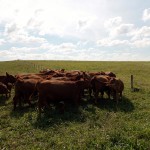
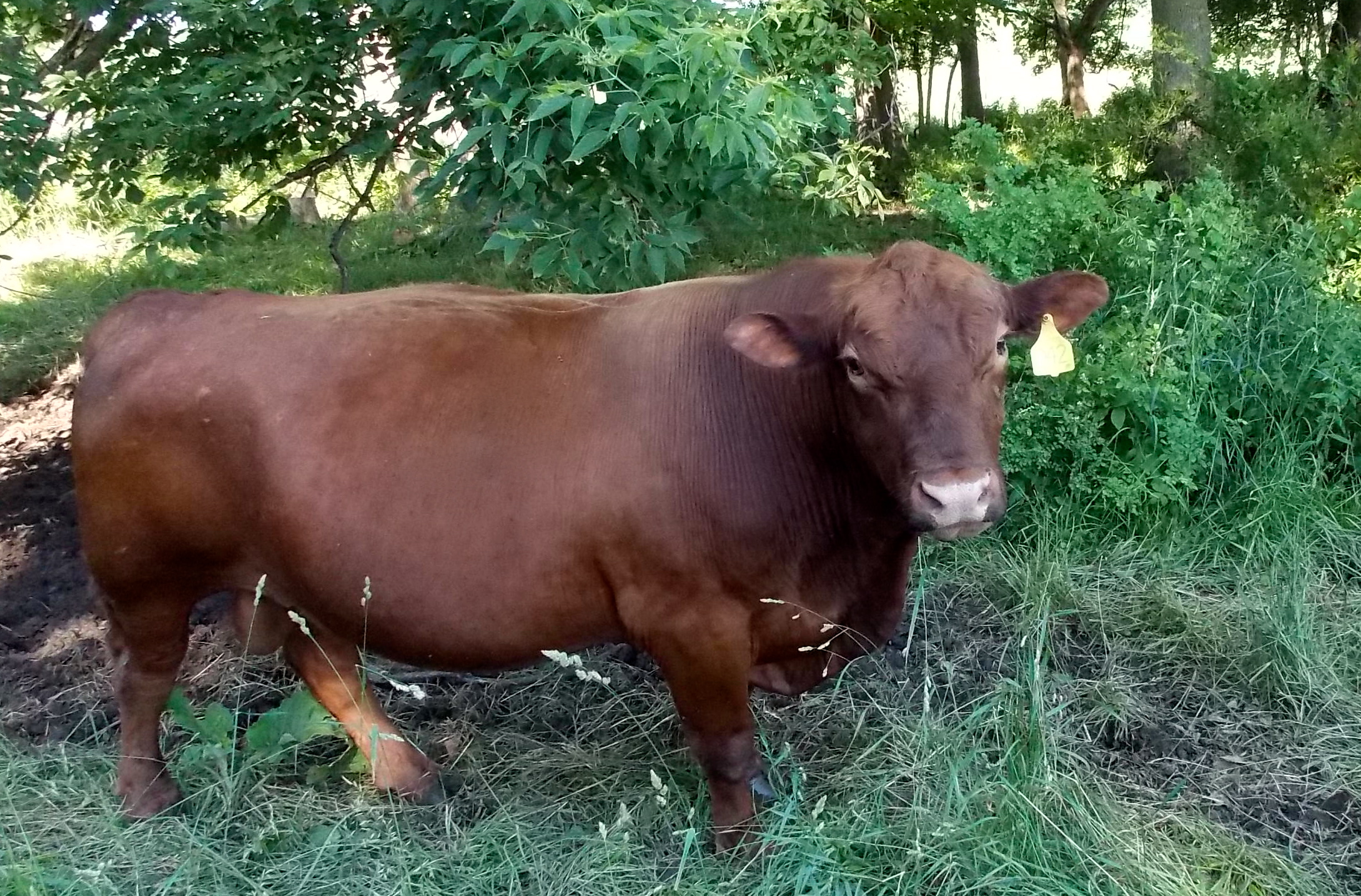
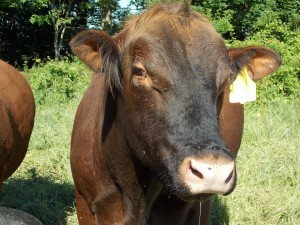
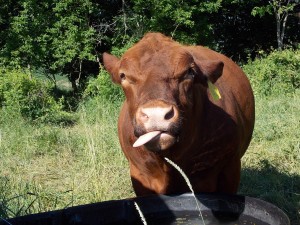
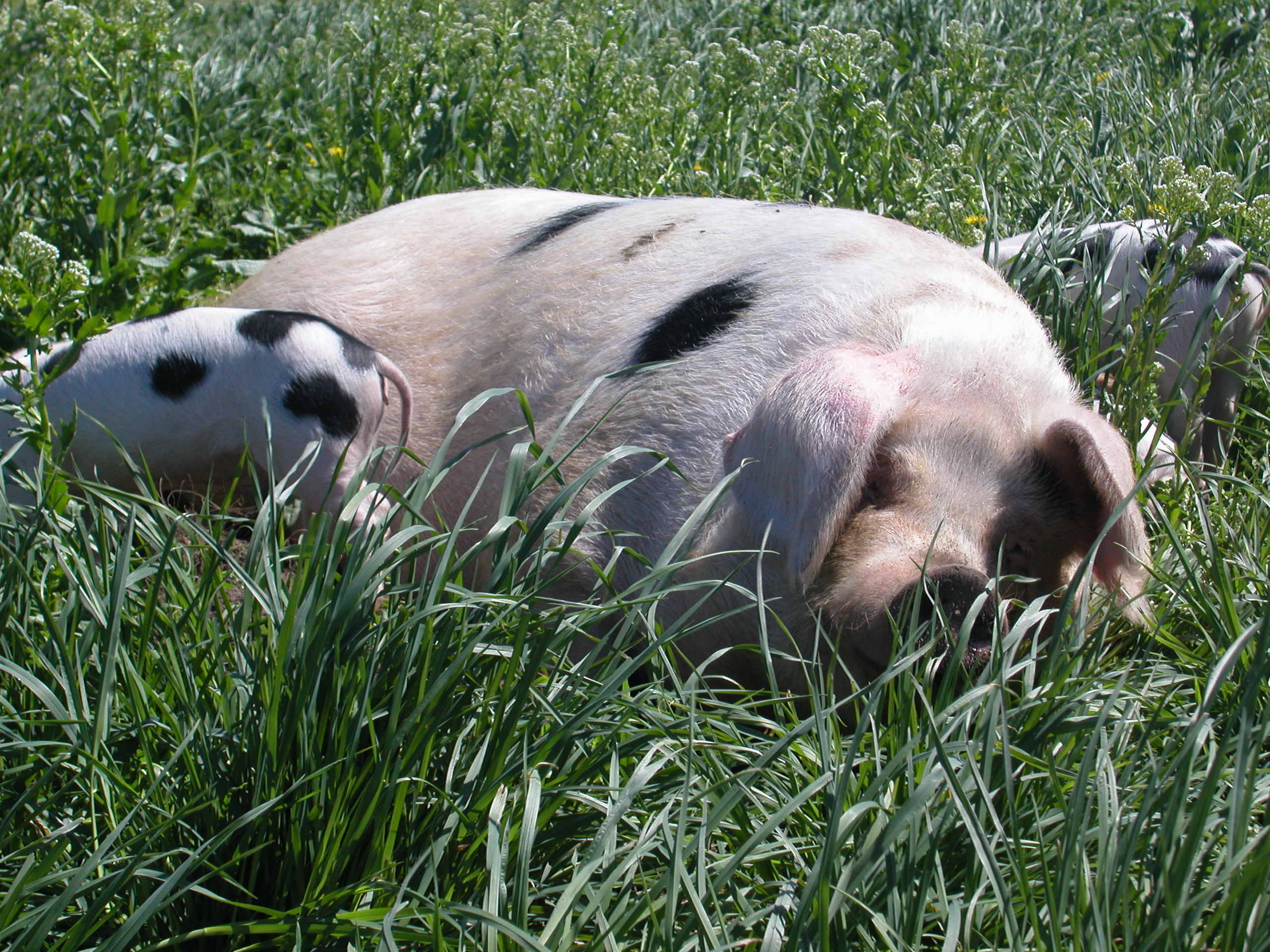
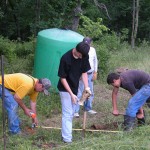
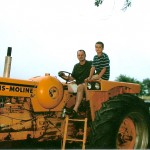
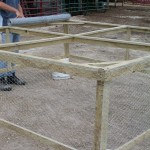
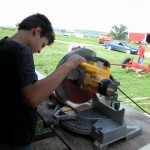
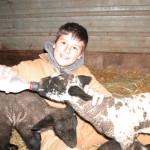
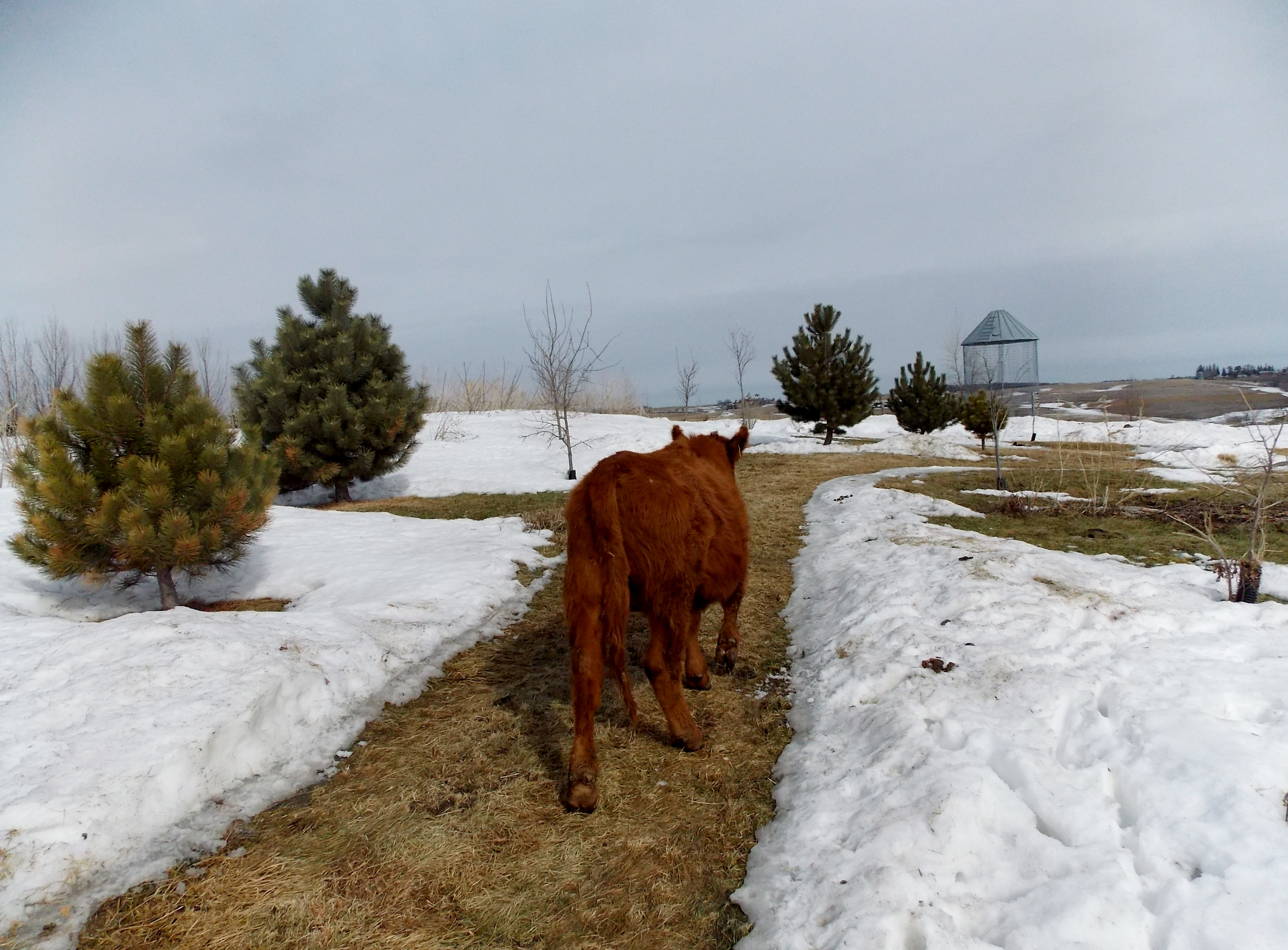
 Electric Revenge
Electric Revenge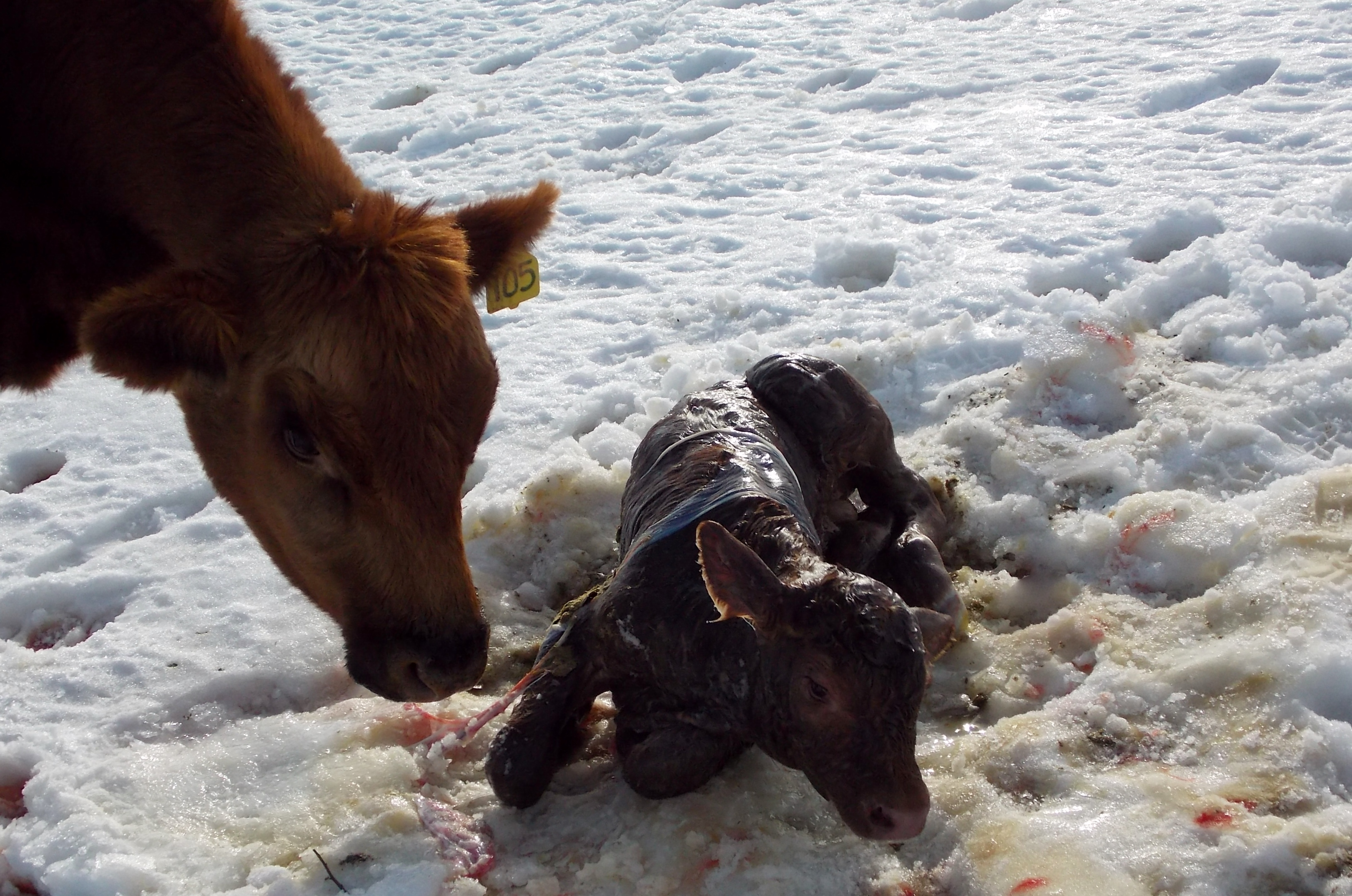
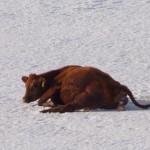
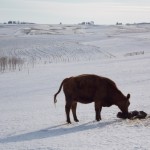
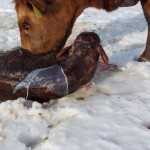

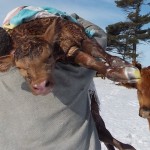
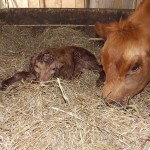
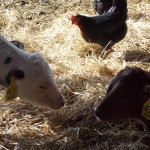
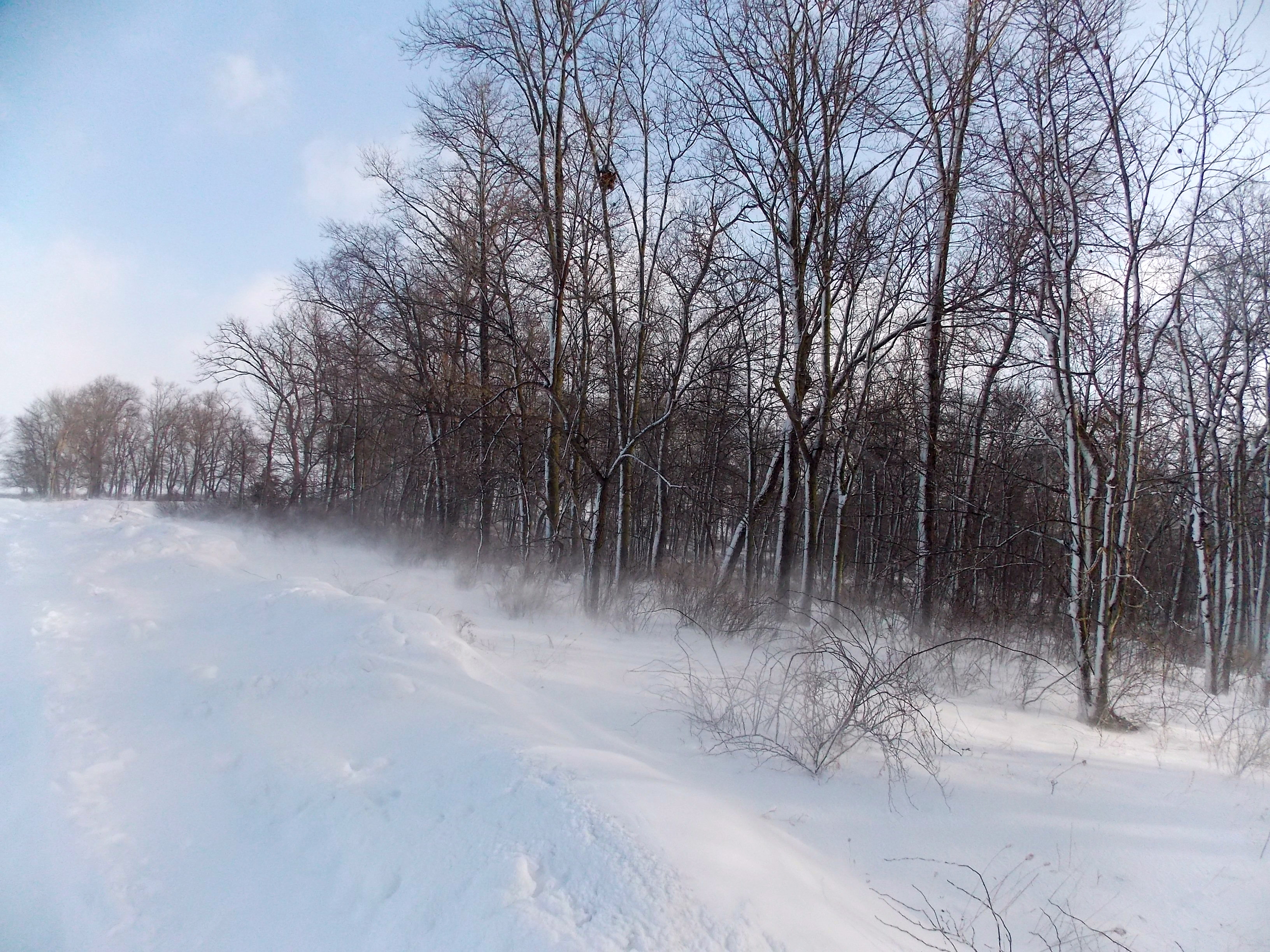
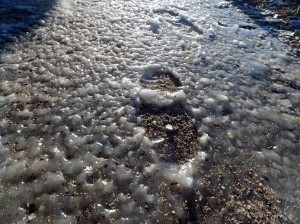 There was a warm up here last week. The thawing snow streamed down the lane exactly as it was designed to do, but made it into an icy raceway. It's covered in three-inches of thick ice which makes it hard to stay on your feet. Keith has ice cleats for his boots which leave tiny, little holes in the deck. They also leave tiny, little holes in the floor if you forget to take them off, but he doesn't forget. I don't have cleats because I always forget. So, I have two choices;
There was a warm up here last week. The thawing snow streamed down the lane exactly as it was designed to do, but made it into an icy raceway. It's covered in three-inches of thick ice which makes it hard to stay on your feet. Keith has ice cleats for his boots which leave tiny, little holes in the deck. They also leave tiny, little holes in the floor if you forget to take them off, but he doesn't forget. I don't have cleats because I always forget. So, I have two choices;